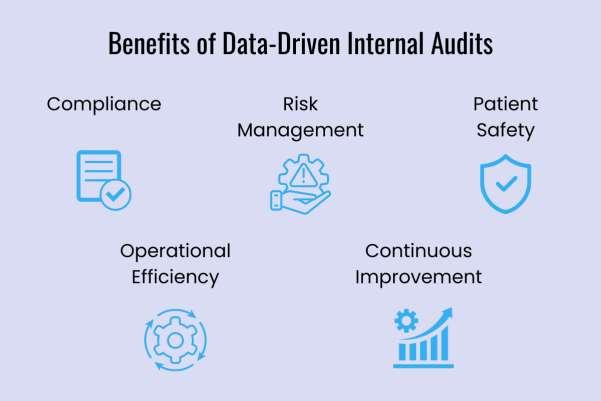
1 minute read
Increasing Quality and Patient Safety
Ensuring patientsafety is a top priority in healthcare, not only for better outcomes but also to reduce costs.
The Institute of Medicine has estimated that medical errors cost between $17 billion to $29 billion annually in the United States alone. Healthcare audits driven by data can helpcatch these errors and enable the implementation of measures to prevent their recurrence, thereby reducingcosts.
Advertisement
Data-driven internal audits canimprove patient care by helping healthcare providers identify areas that need improvement, in addition to enhancing patientsafety. Forexample, analyzing data on readmission rates can reveal where patients may require additional support or education after discharge, leading to better health outcomes. It can also improve patient satisfaction rates, which results in:
• Improved patientloyalty
• Better clinical outcomes
• Enhanced patient compliance
• Fewer medical malpractice suits
• Continuous Improvement
Internal audits play a crucial role in a healthcare provider's quality improvement program. Through data analysis and identification of areas that require improvement, auditors help providers continuously enhance their operations, ultimately leading to improved outcomes for patients. Furthermore, data-driven internal audits provide greater transparency, increasing trustin the audit process amongstakeholders.
By identifying patterns of suspicious activity, such as billing irregularities or improper prescribing practices, auditors can pinpoint problematic areas in all sectors of the healthcare industry. An easy-to-use and accurate auditing system enables healthcare organizations to identify and address issues more efficiently, leadingto ongoing improvements and the provision of the highest quality care for their patients.
Ready to learn more about audits in healthcare?
Leveraging data through data-driven internal audits is essential for the healthcare industry. It enables healthcare providers to make informed decisions that benefit both patients and the organization.


